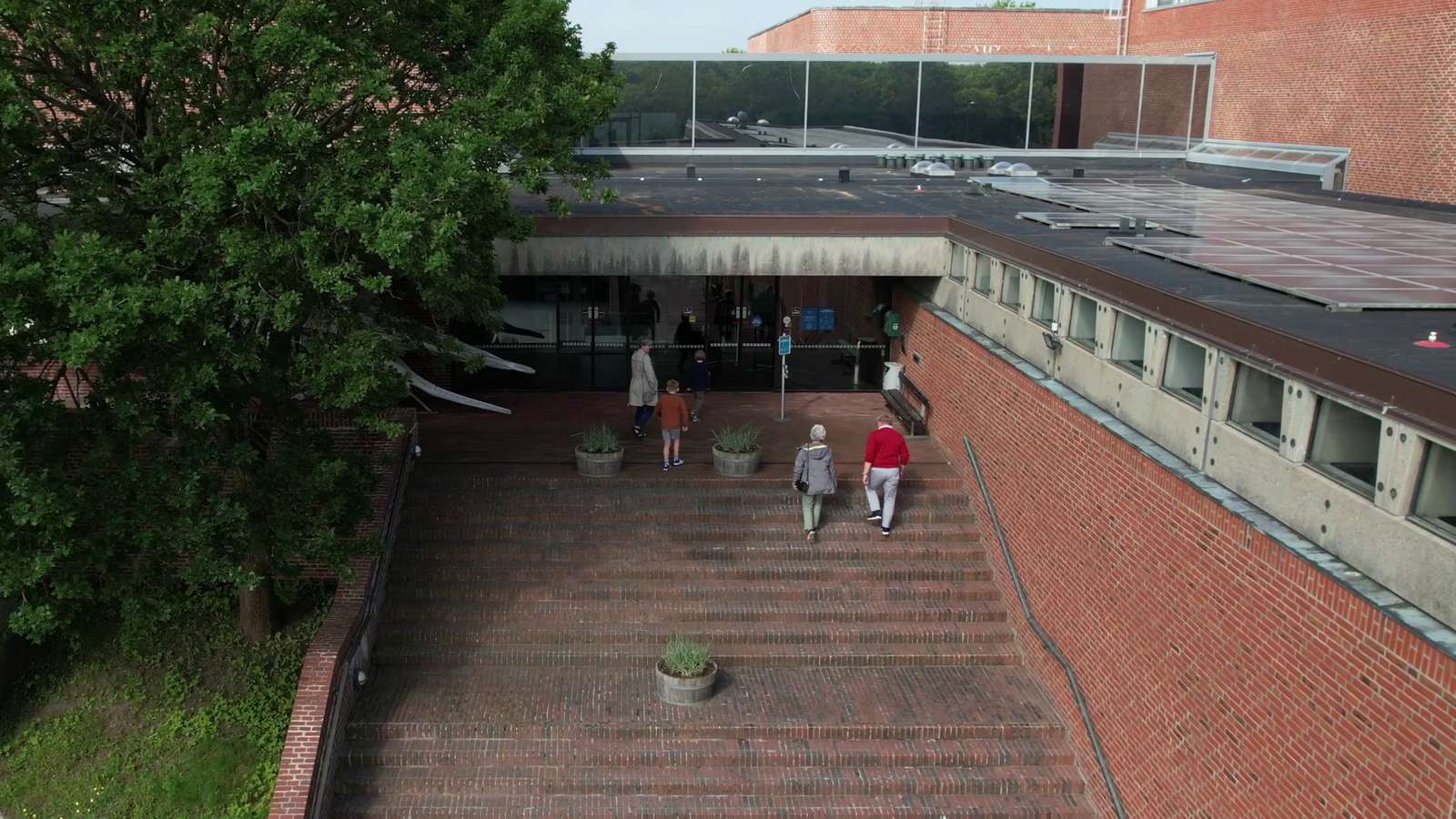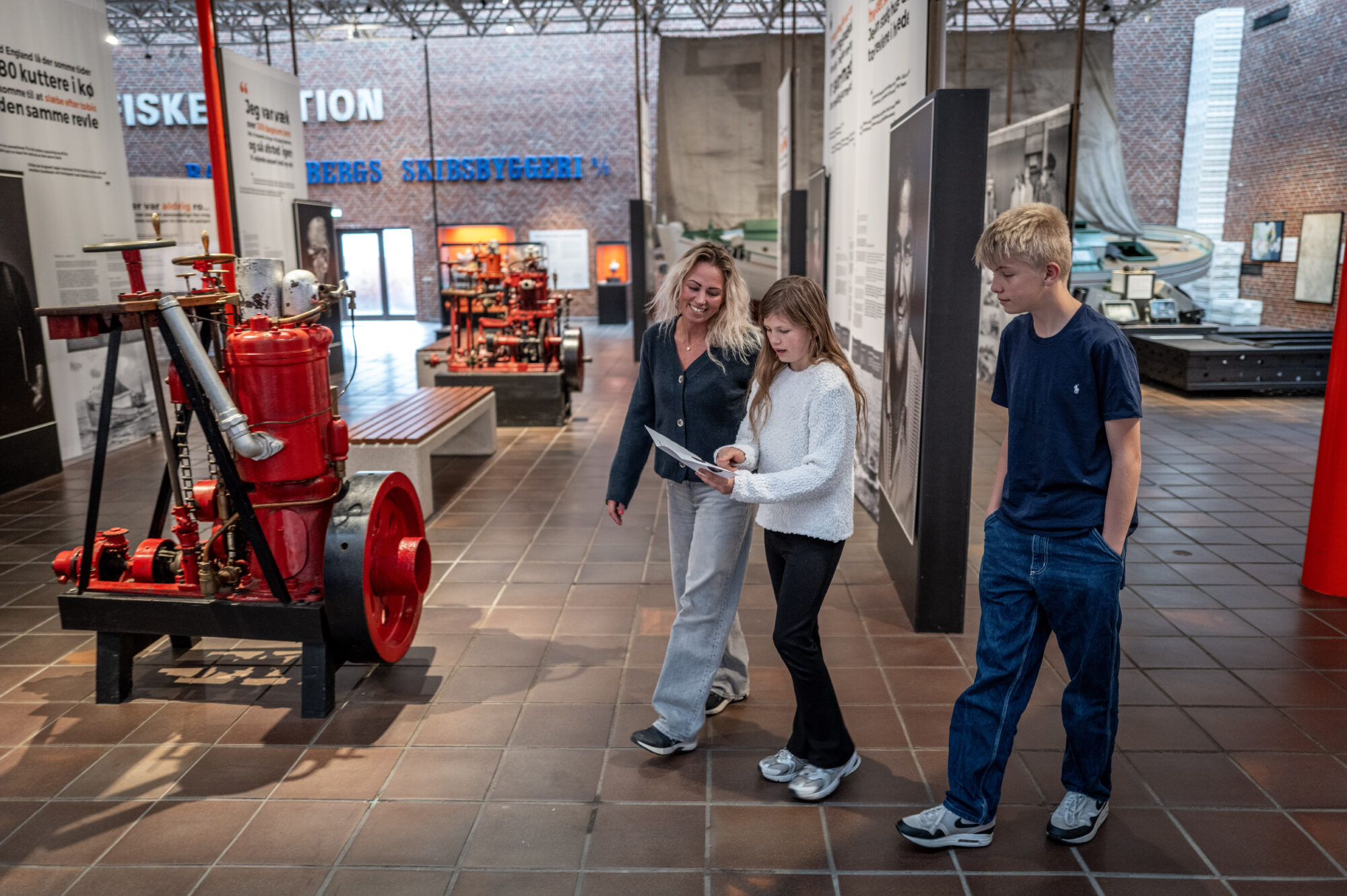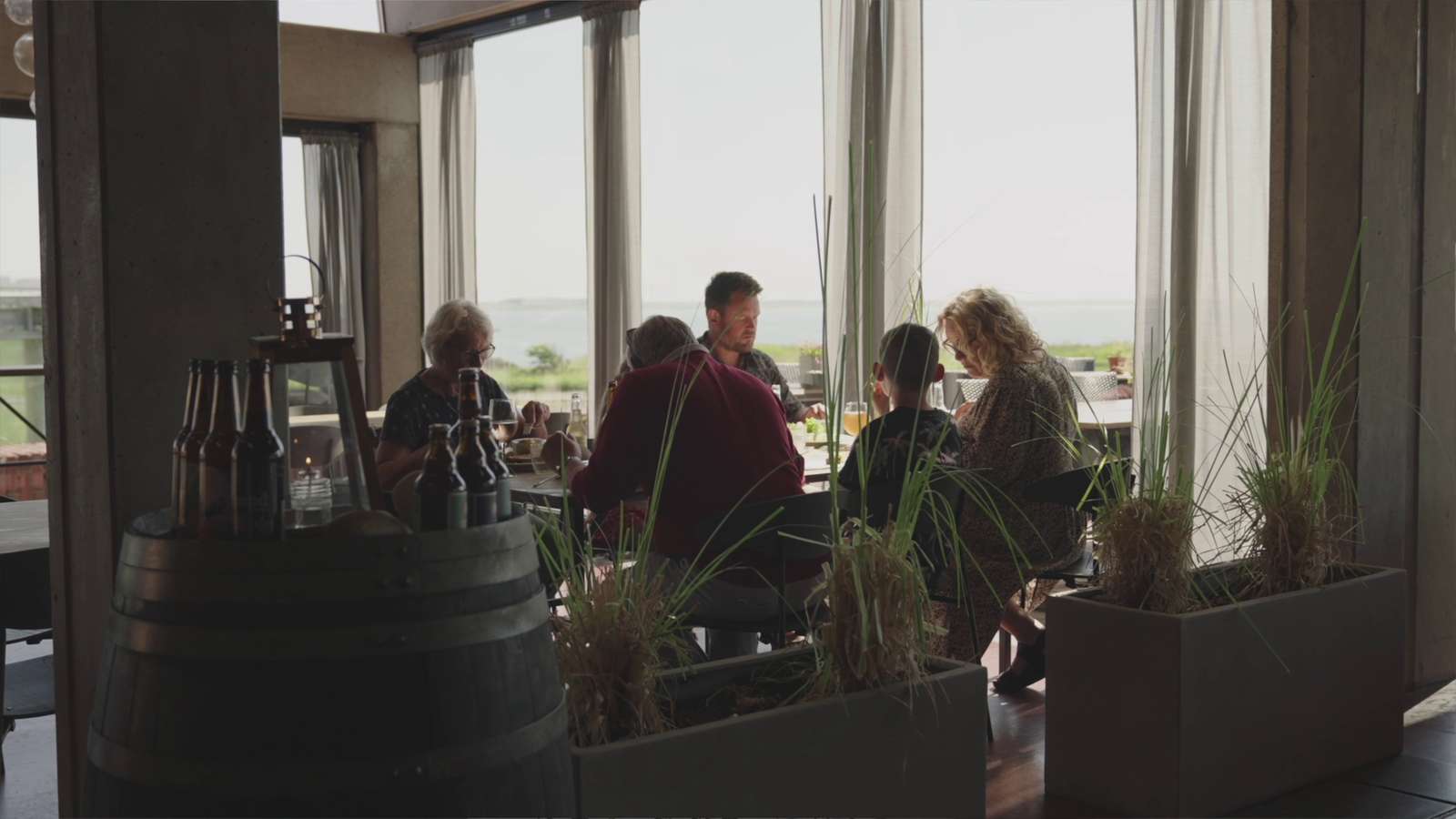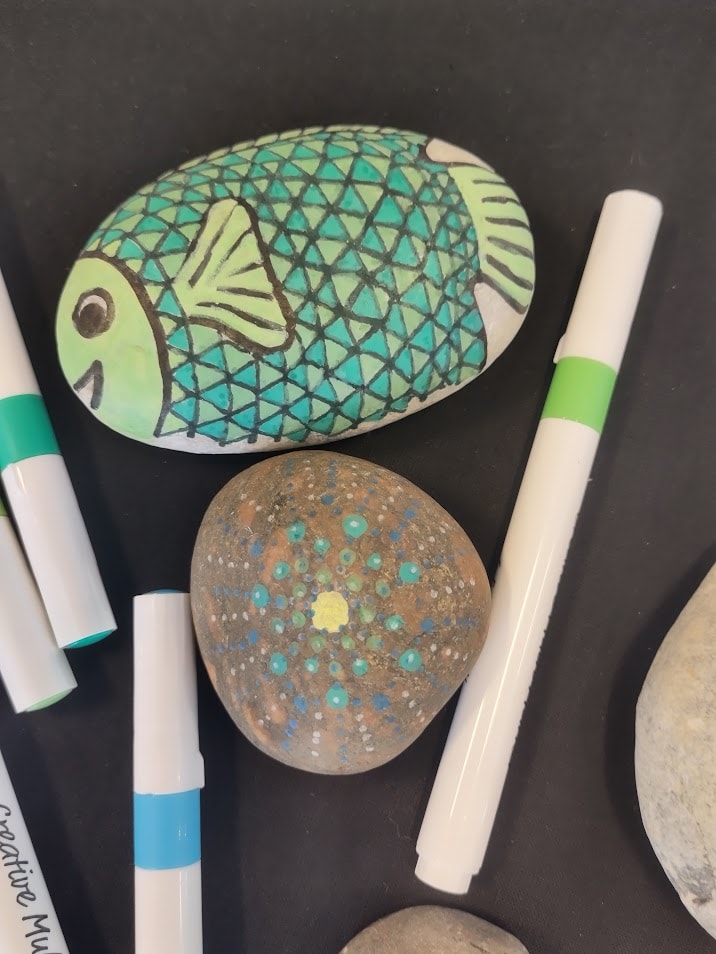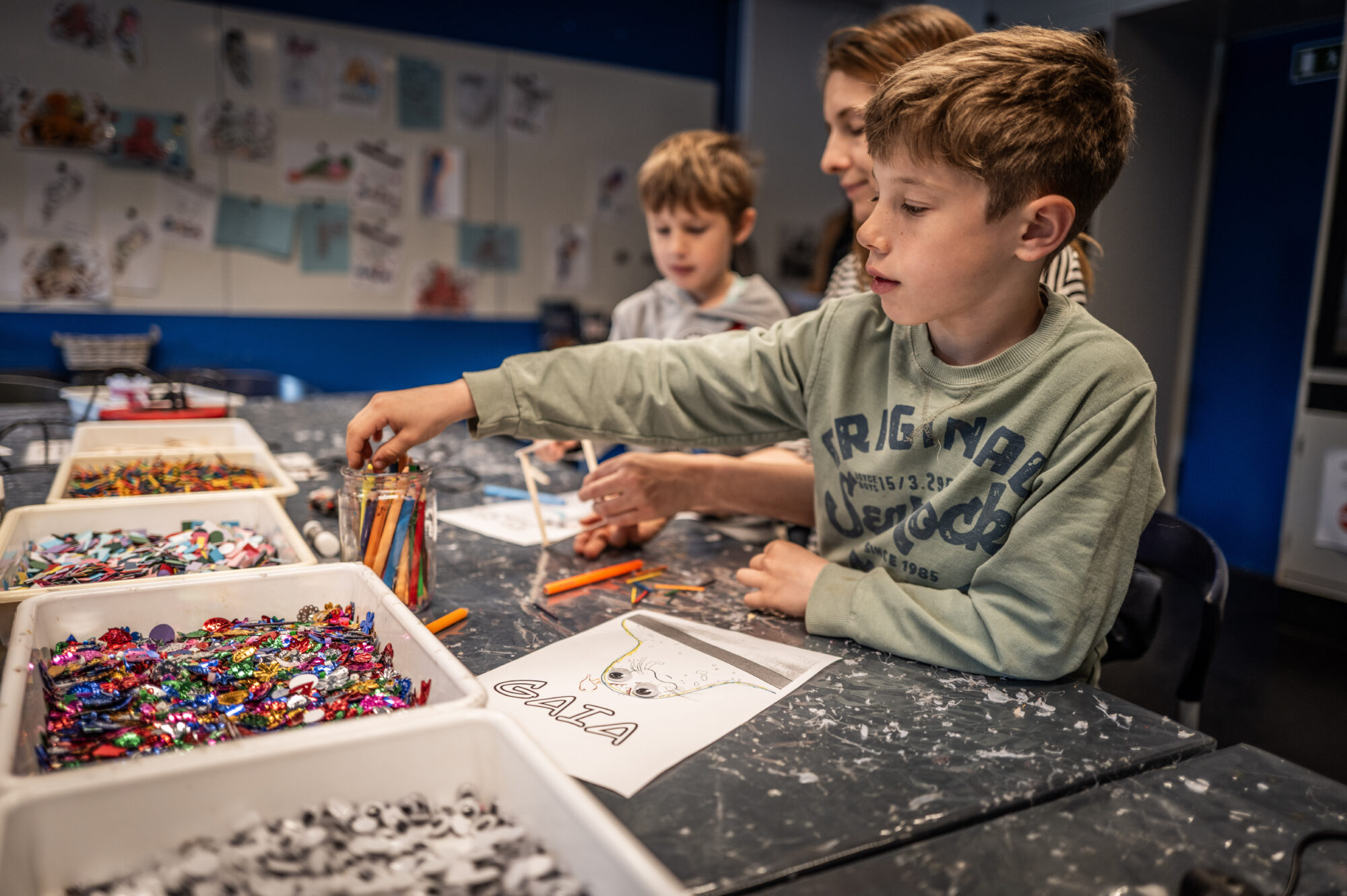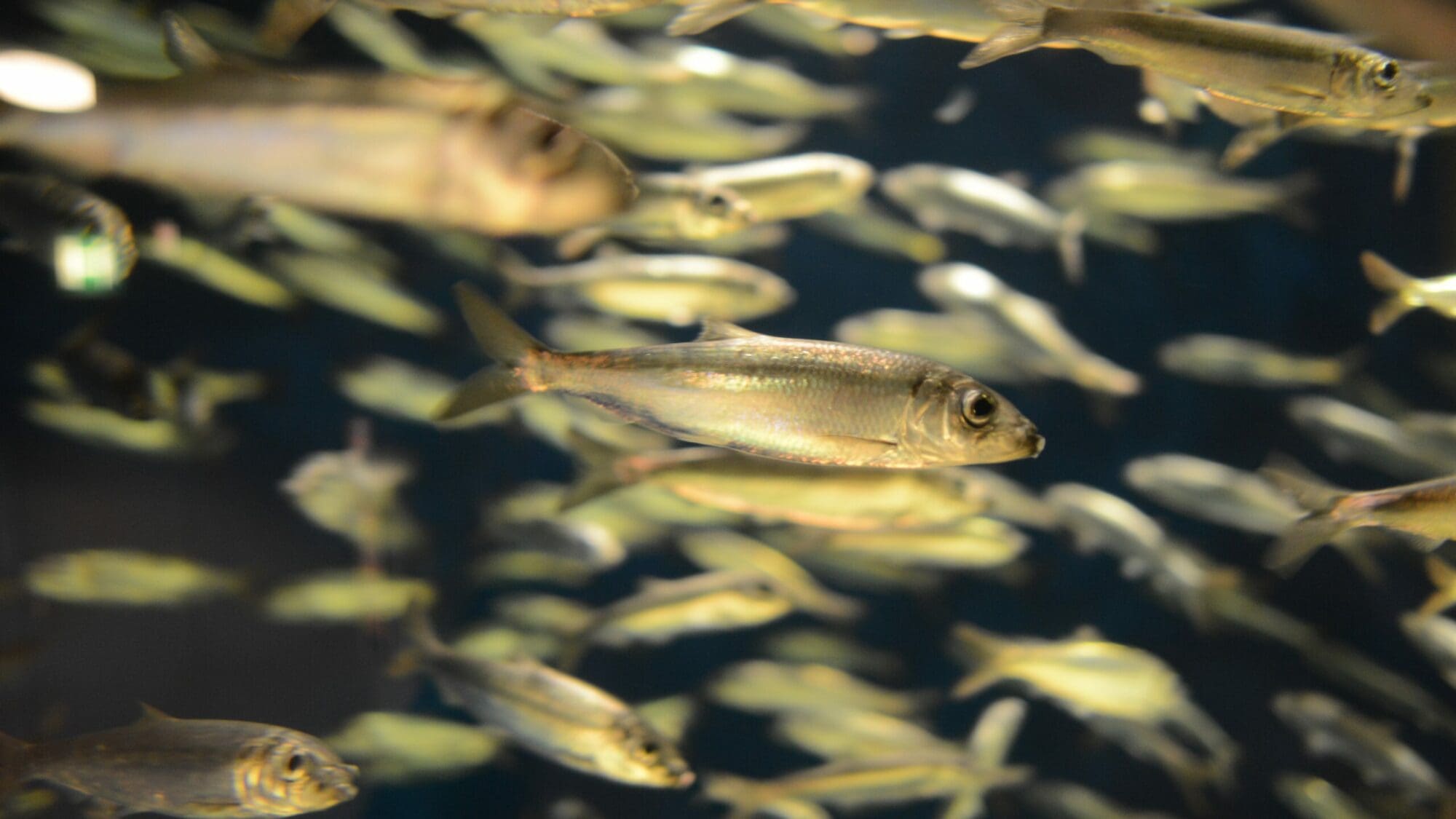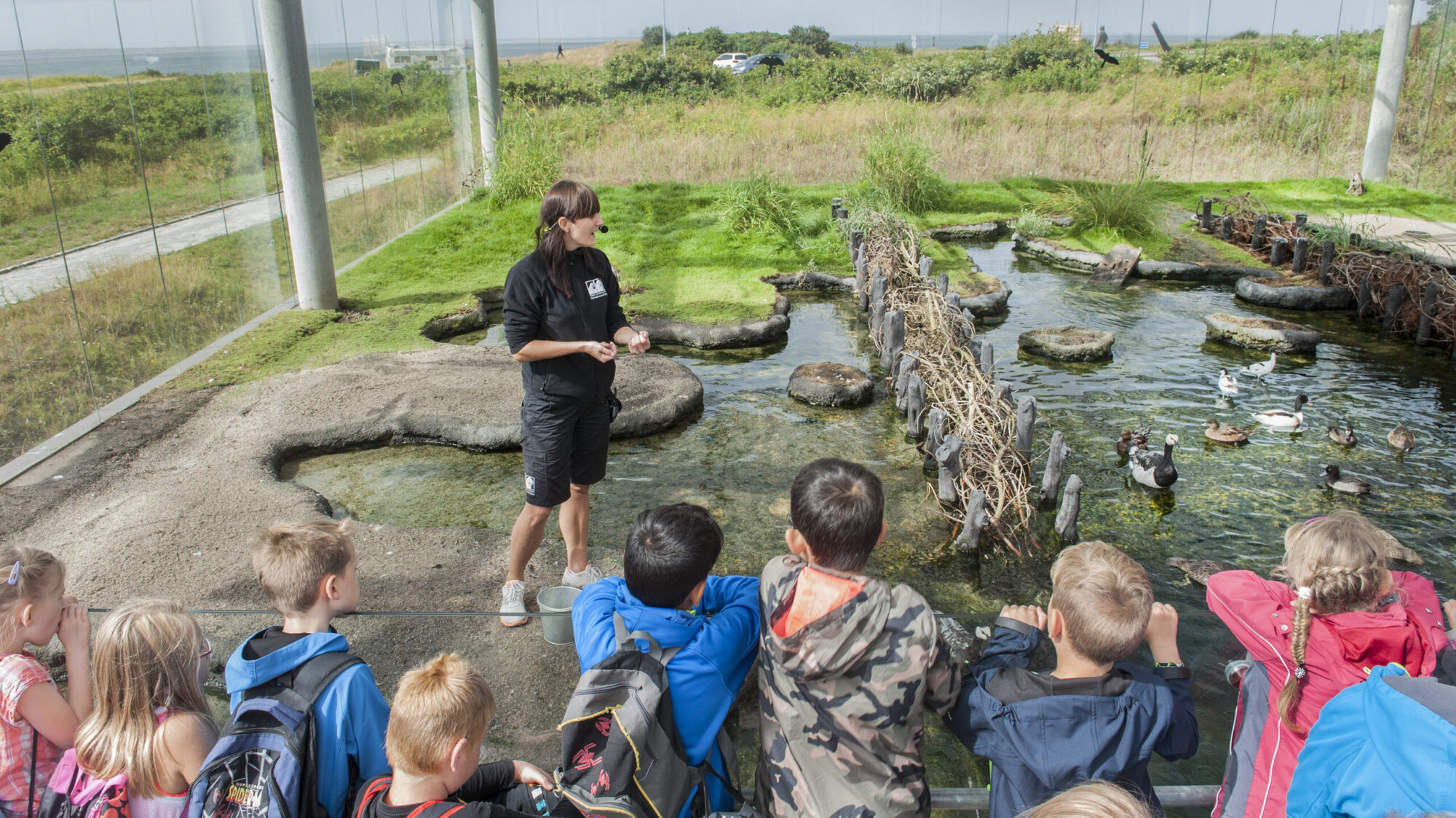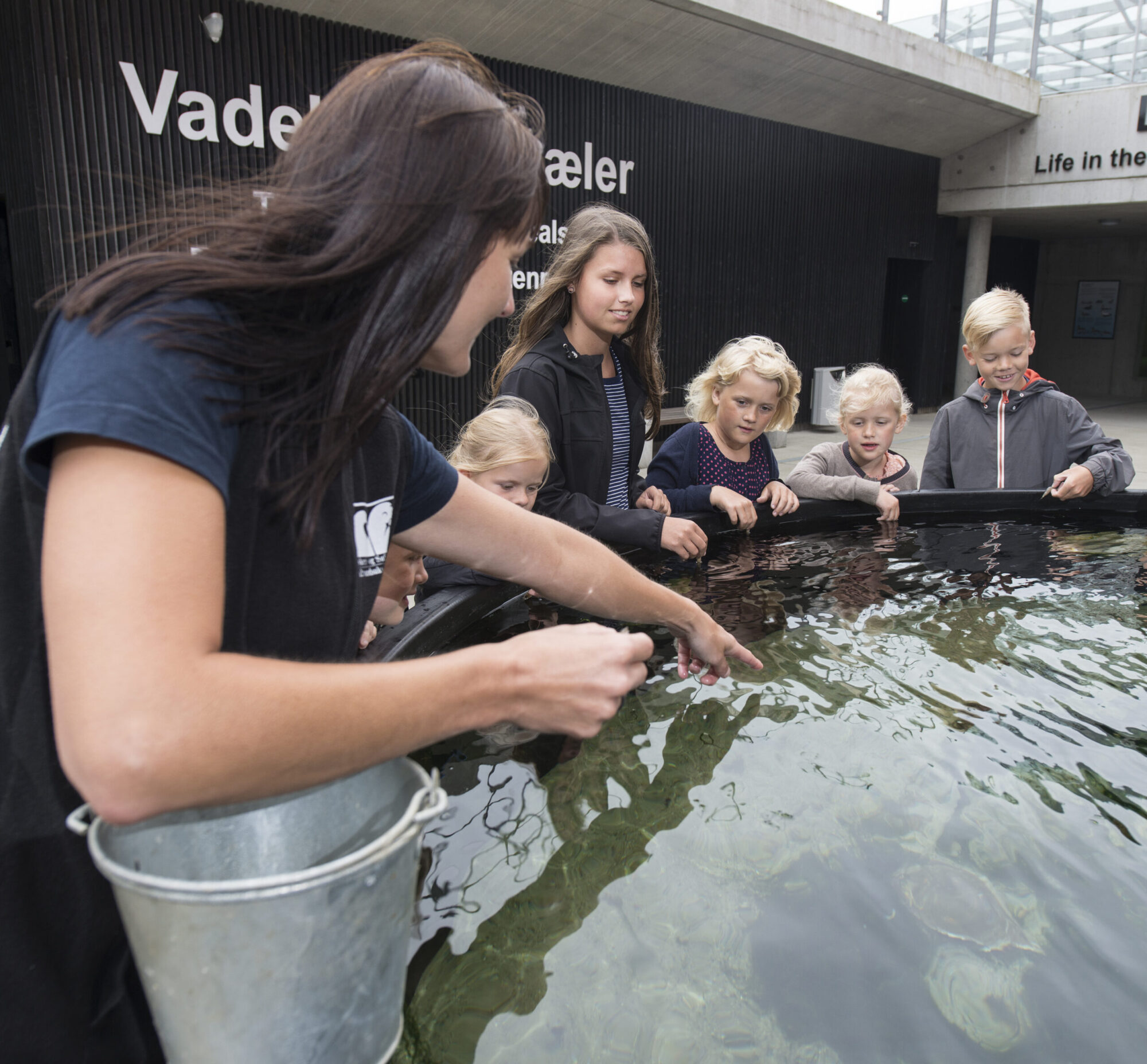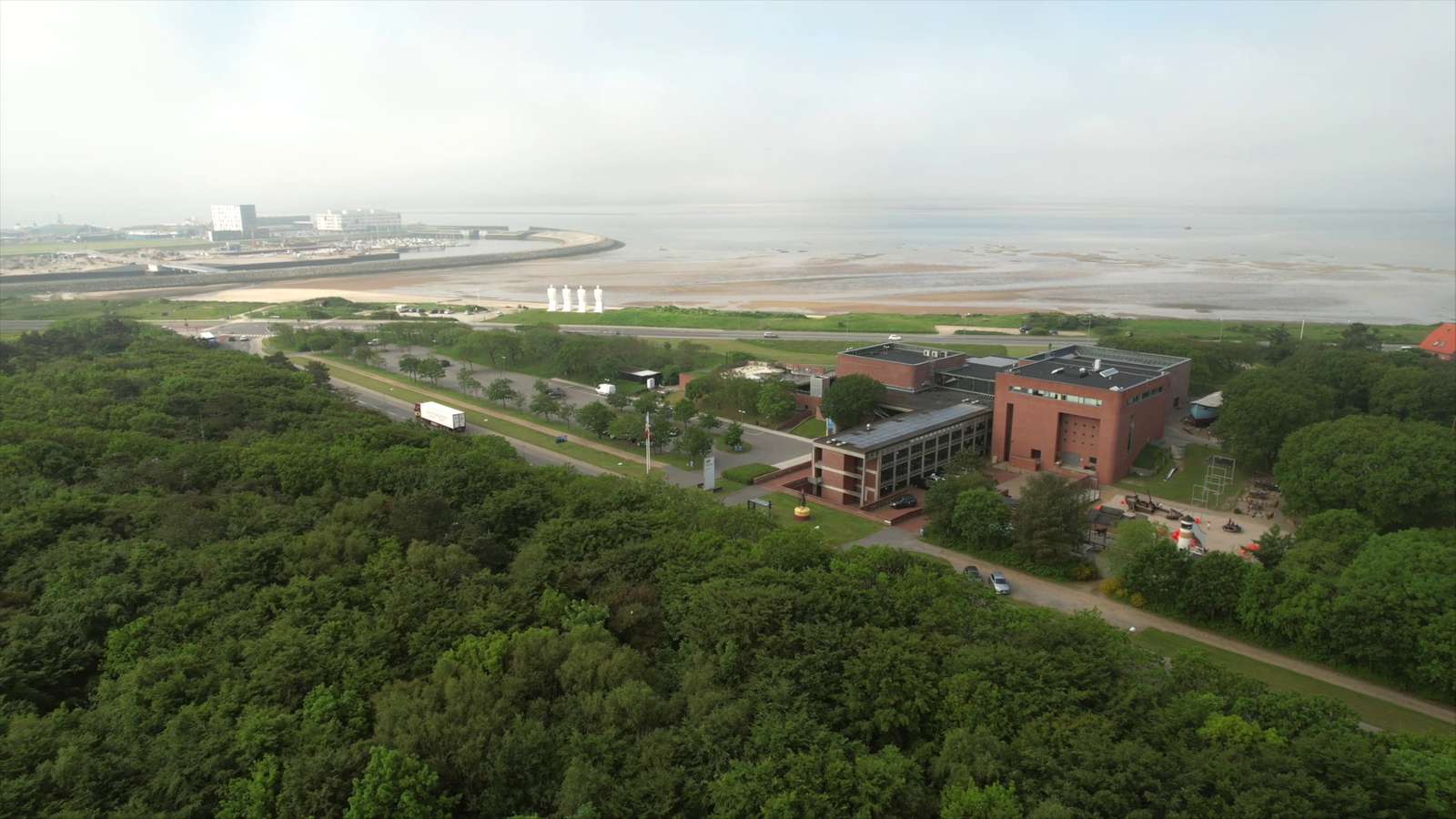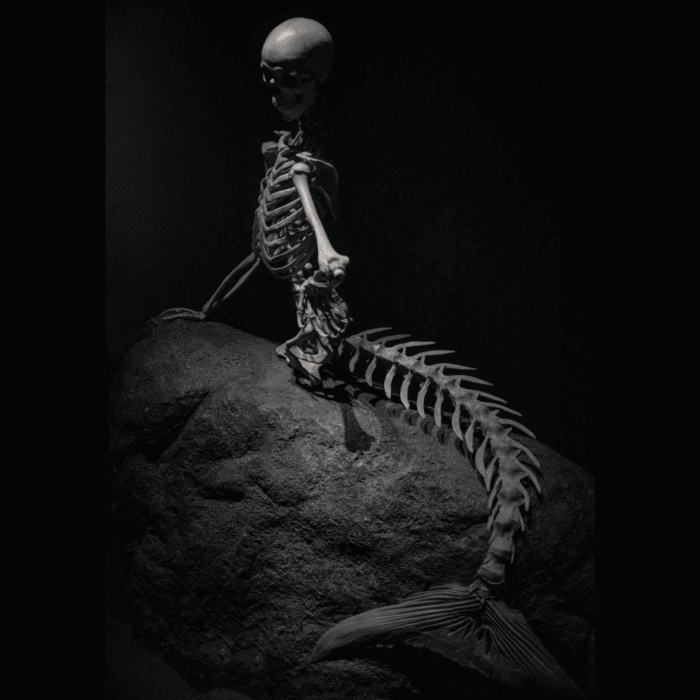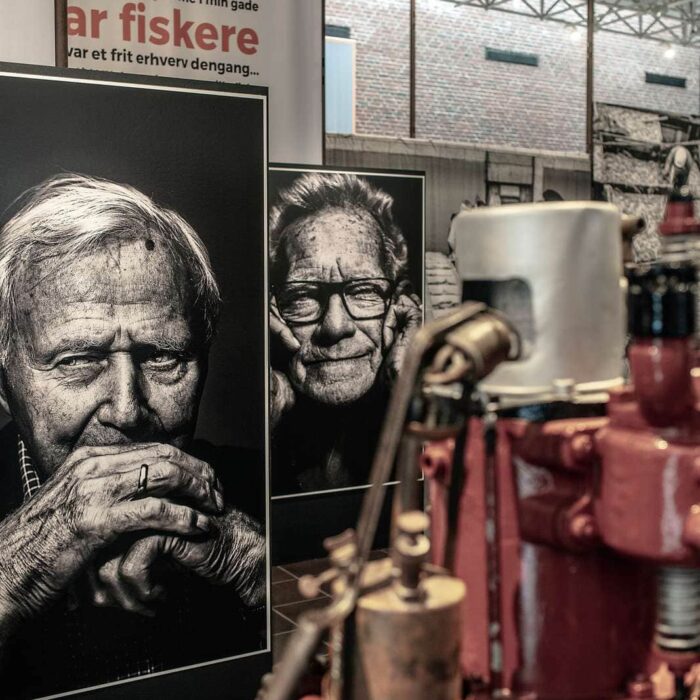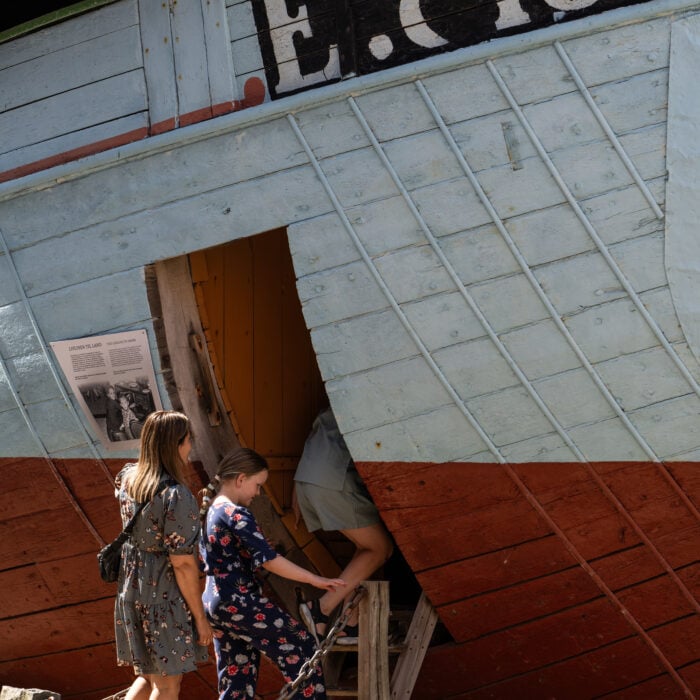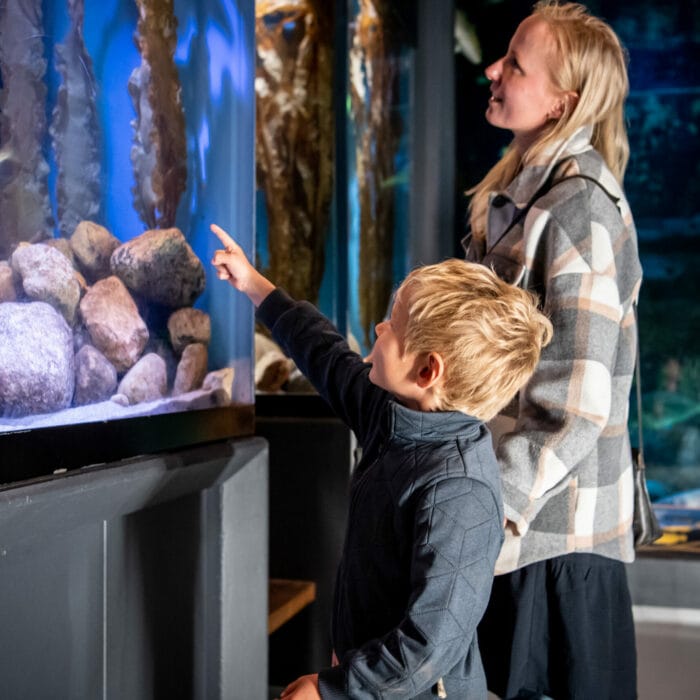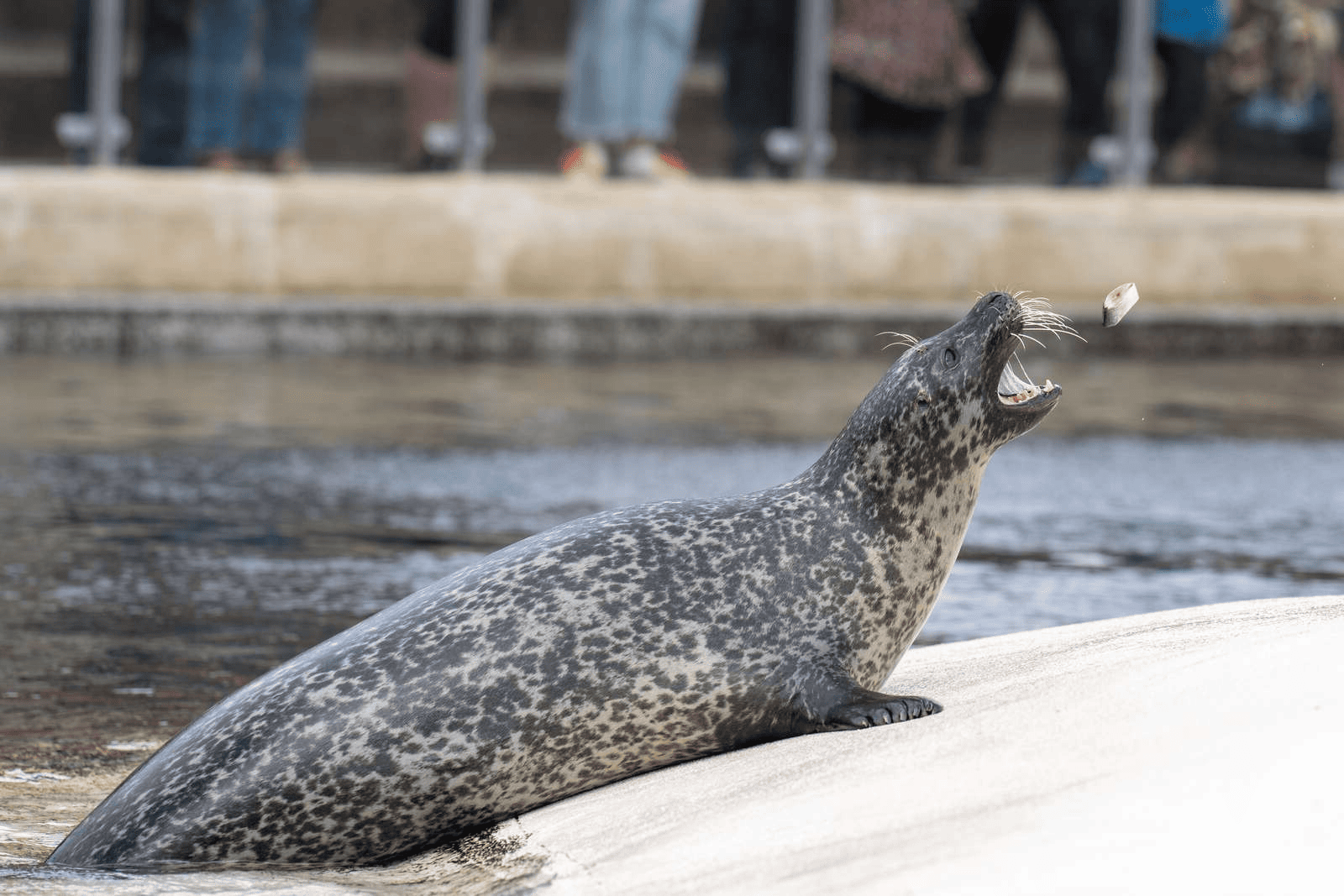
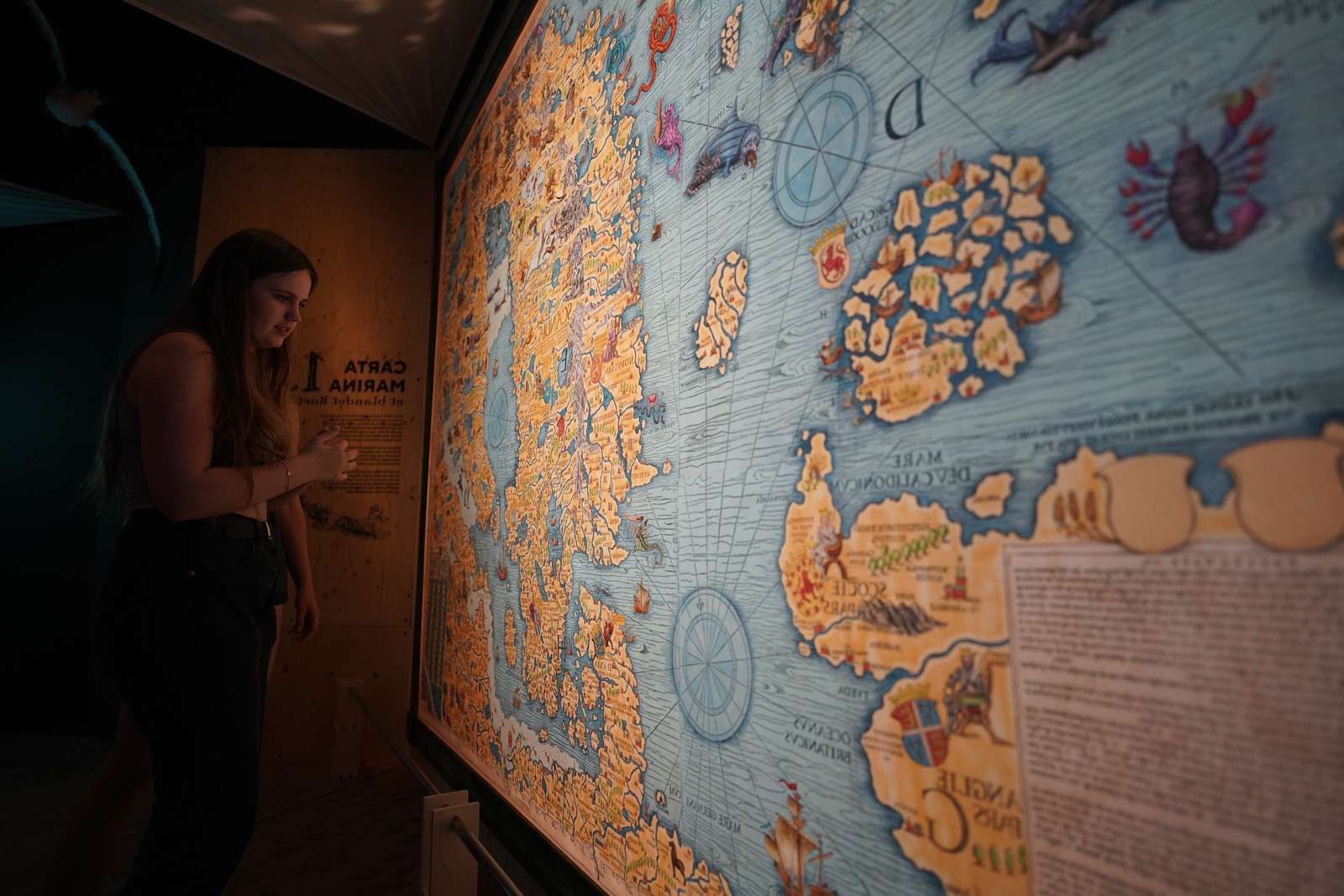
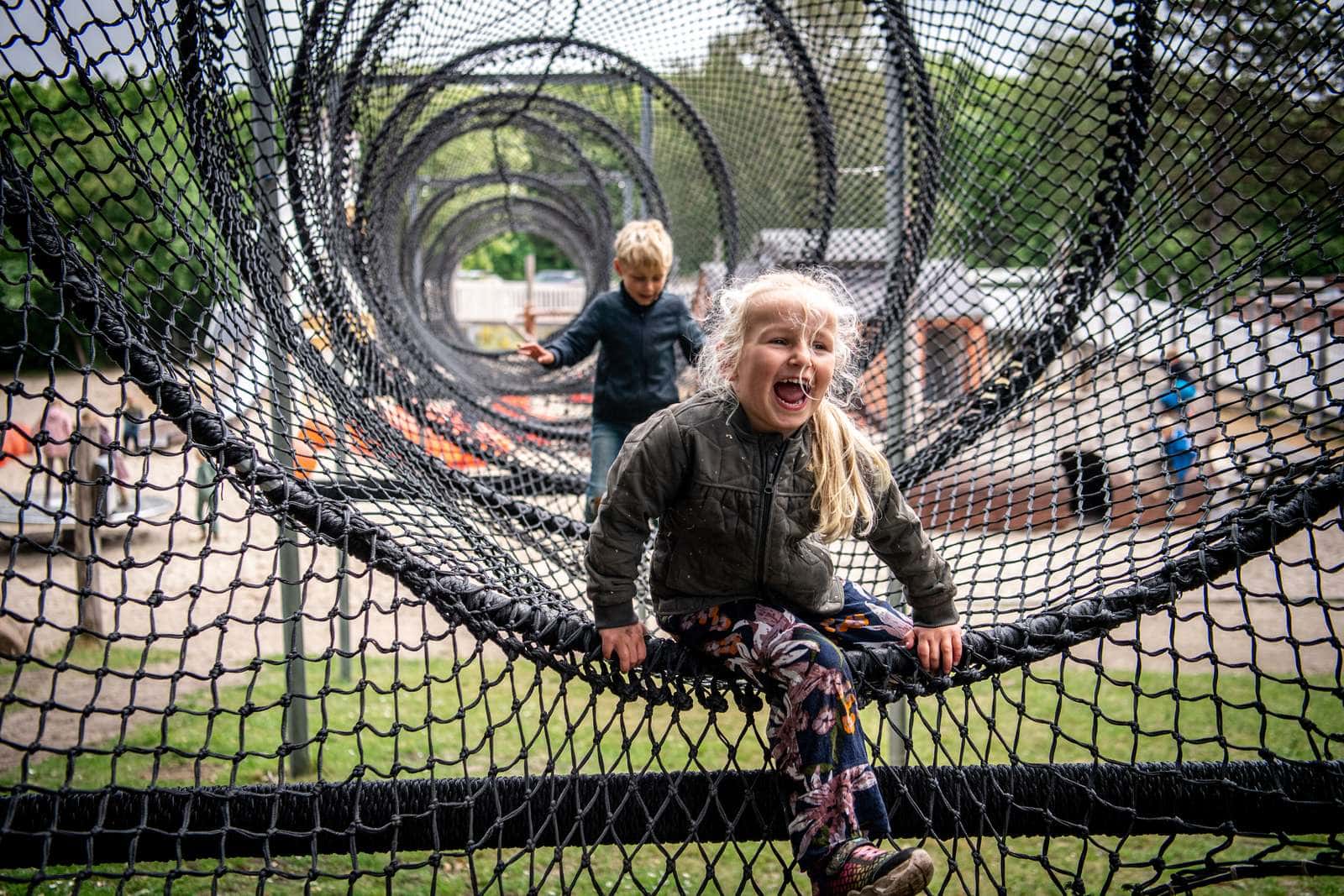
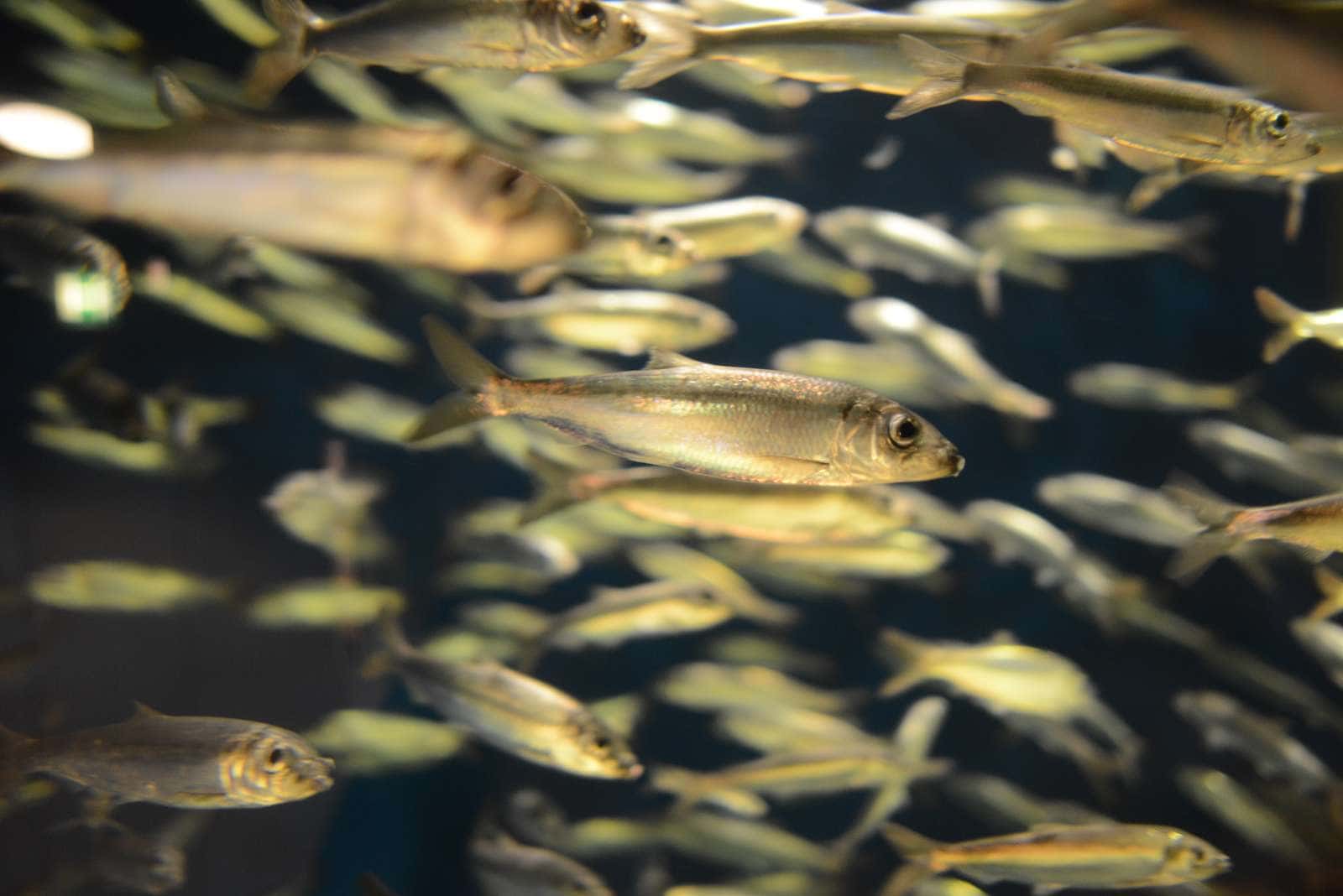
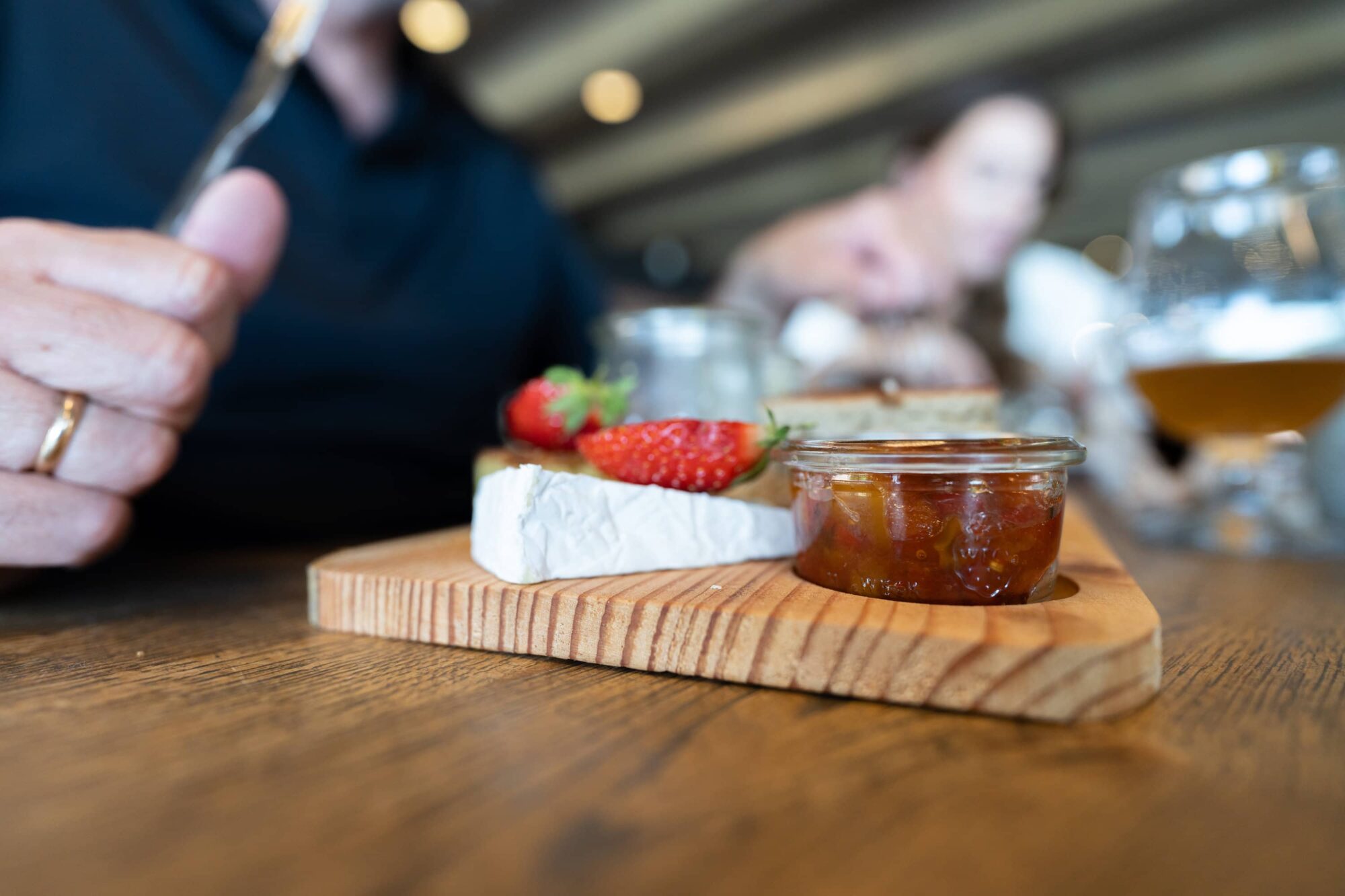
01
Meet Denmark's largest predator02
Experience "Mysteries of the Sea"03
Activities for all ages04
Get up close to the creatures of sea05
Enjoy great food on your forkThis is happening today
Something is happening almost everyday. Right here you can click on the day you plan to visit us, and see what is happening day.
Treasure hunt
The Museum is filled with lots of exciting animals and objects. During the summer holidays you can go on a treasure hunt in all the museum's exhibitions to find some of them. See moreVisit Café MS Smag
Let Café MS Smag take care of lunch and enjoy the best view in town of the entrance to Esbjerg Harbor See the menuPaint on beautiful stones
On the beach you can often find beautiful stones. With a little imagination and acrylic markers, they can become colourful fish, whimsical whales or just stunningly beautiful with wild patterns. See moreThe creative workshop
Here you can take a break and colour in a drawing of one of our cute seals. You can also immerse yourself at the cut-and-paste table or build a sea creature with plus-plus bricks.Fish feeding
During the feeding, we will talk a about the aquarium, the animals it houses, and what they eat. You are, of course, welcome to ask questions if you’re curious about the animals in the aquarium.
Eider feeding
It will be absolutely thrilling when we invite you to eider duck feeding and even more exciting eider duck facts every day at 13:00 in the Wadden Sea Pavilion. Bring the family and learn more about the eider ducks!The mediator tells the story
Our mediators love to talk about everything from seals and shore crabs to cutters and fishing hooks! See moreEnjoy our activities
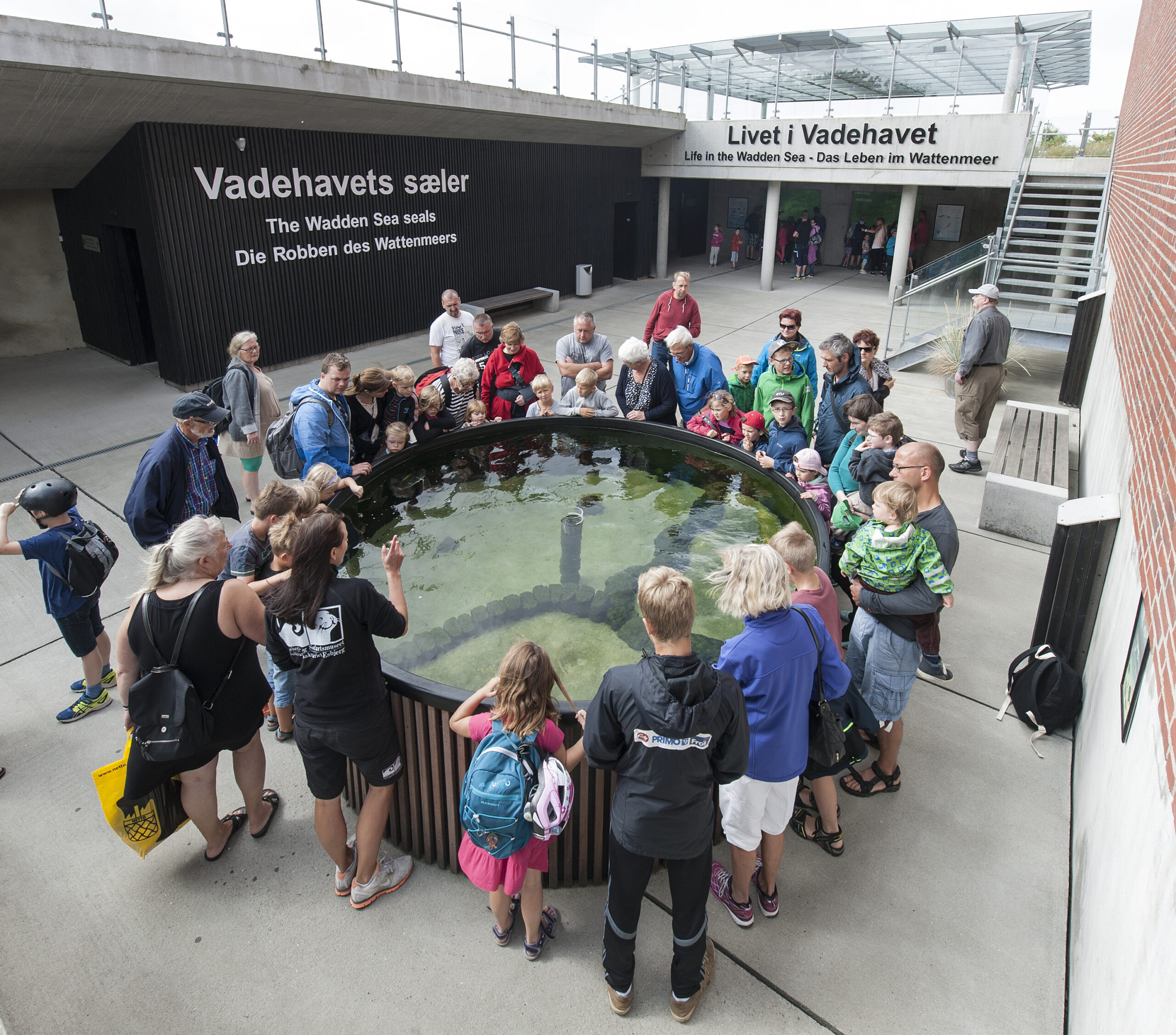
Vacation activities
Summeractivities
30. June - 7. September 2025
10:00
17:00
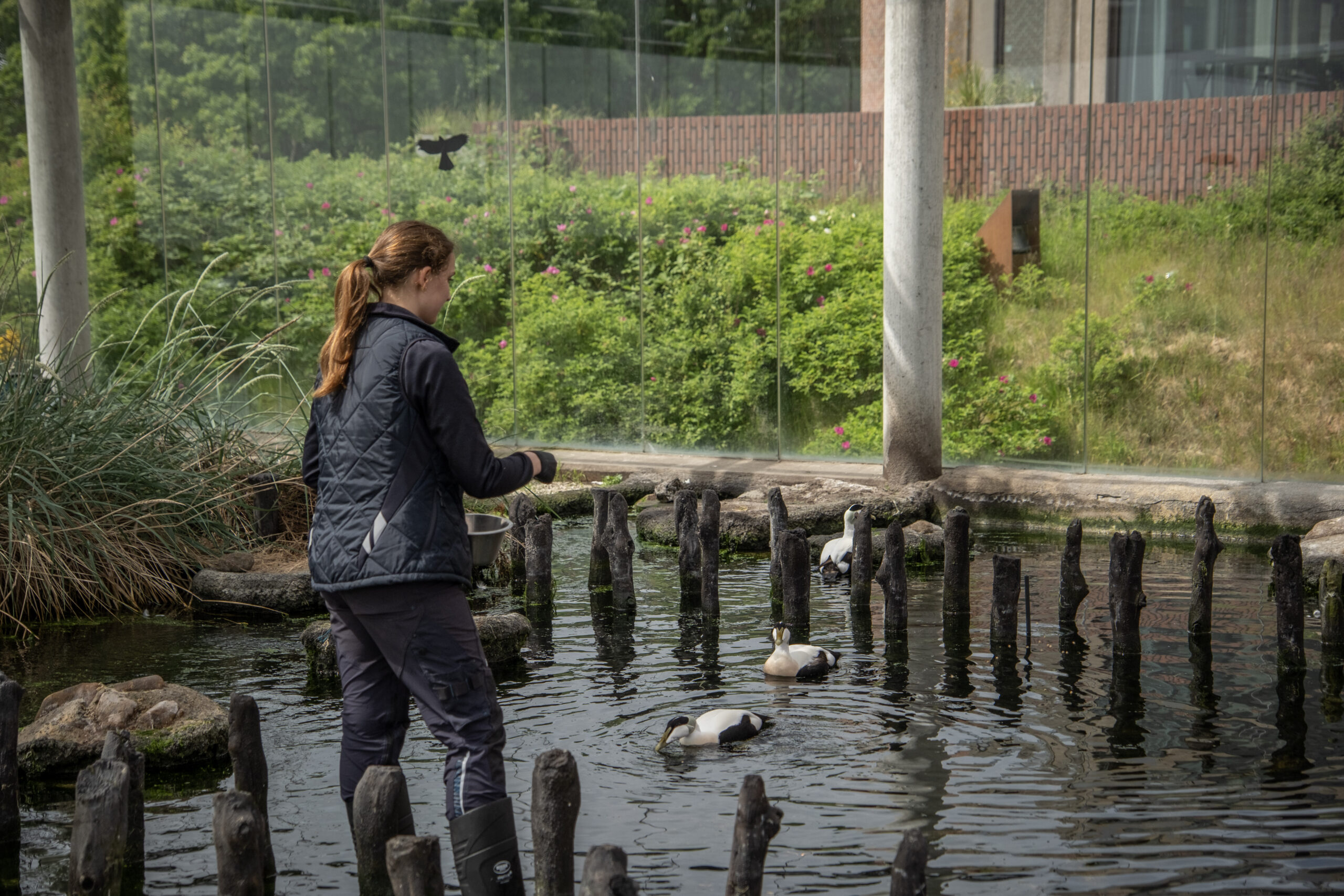
Weekend activities
Eider feeding
6. September 2025
13:00

Weekend activities
Eider feeding
7. September 2025
13:00

Weekend activities
Eider feeding
13. September 2025
13:00

Weekend activities
Eider feeding
Sunday, 14. September 2025
13:00
13:30

